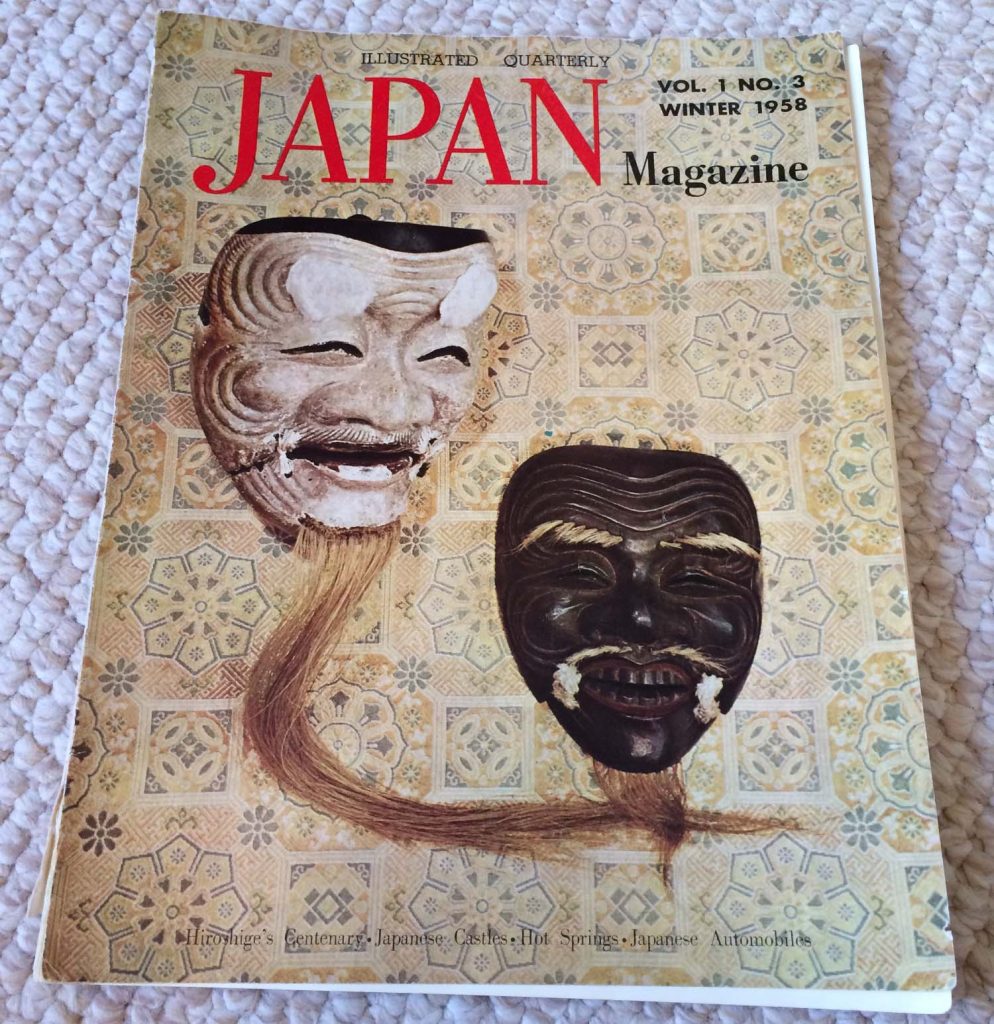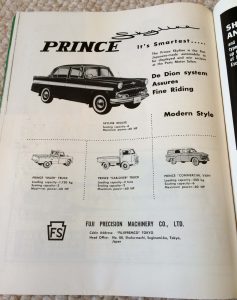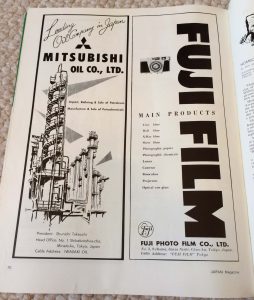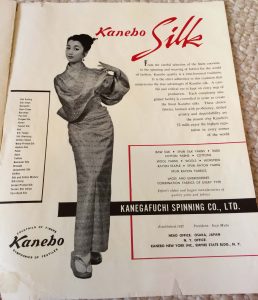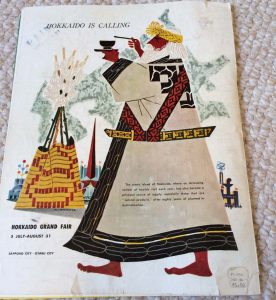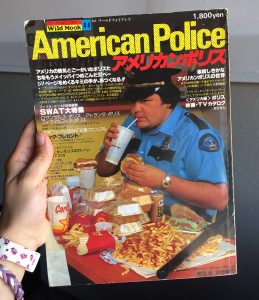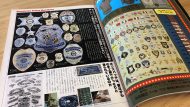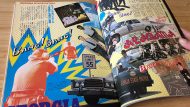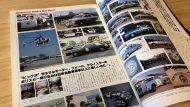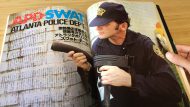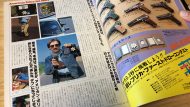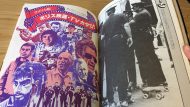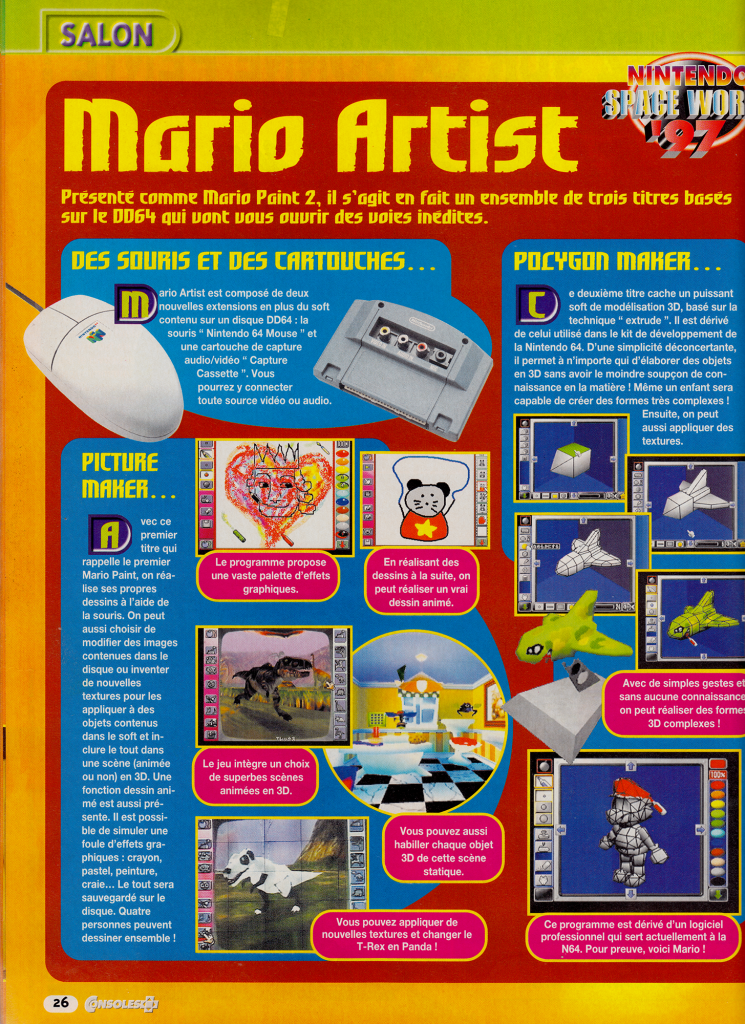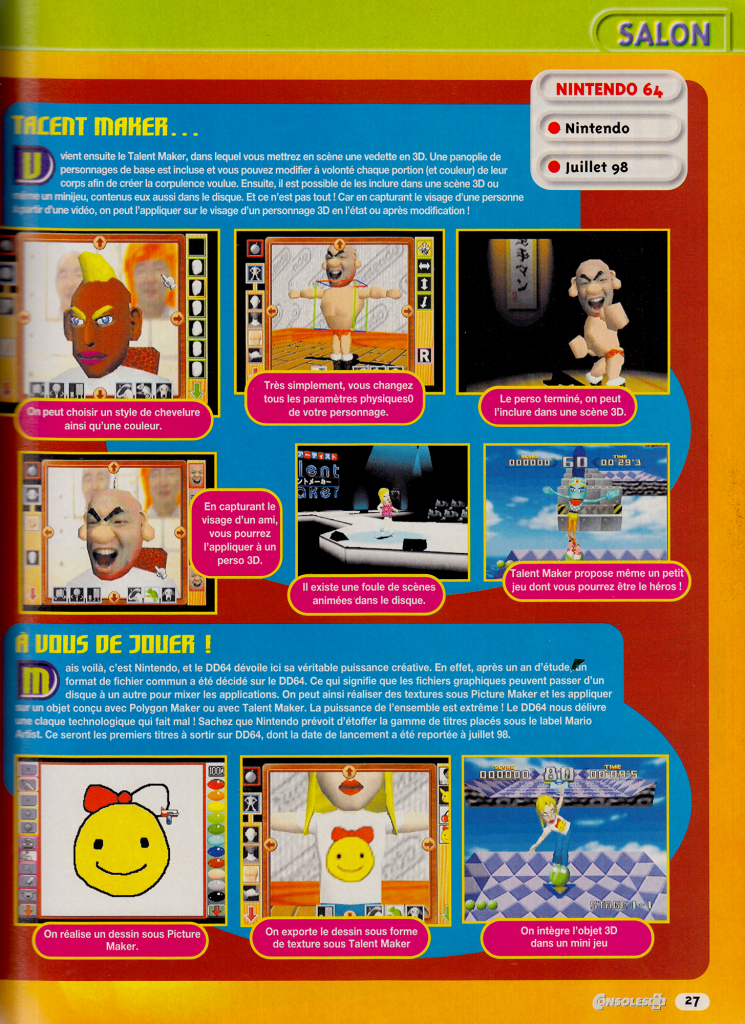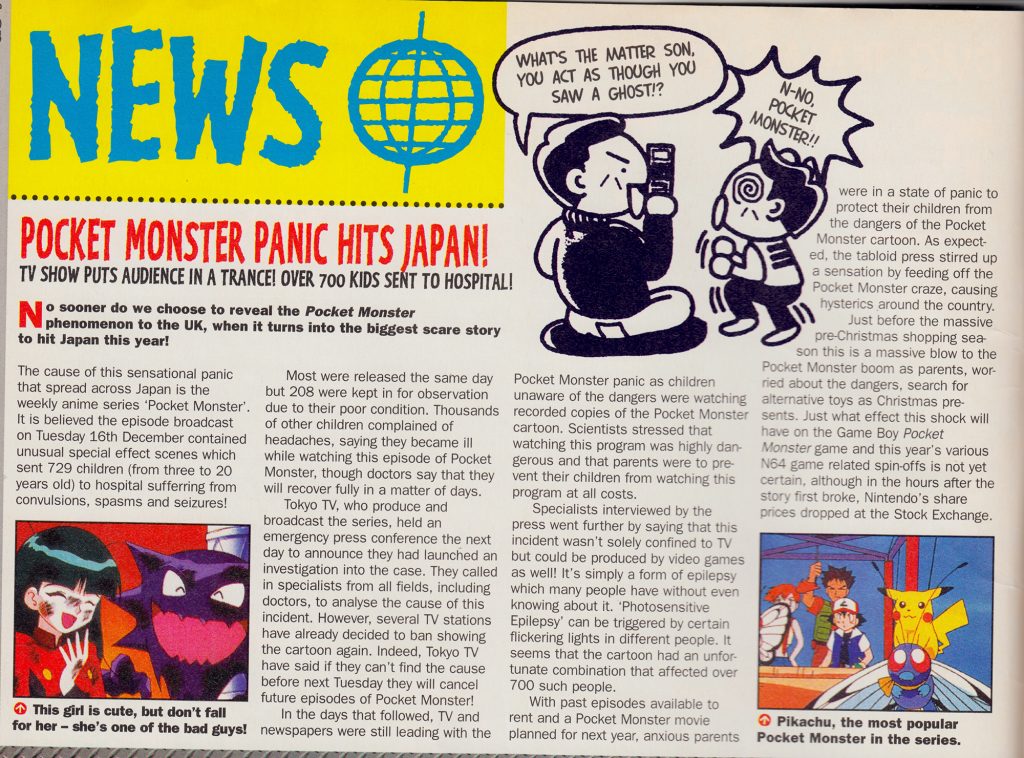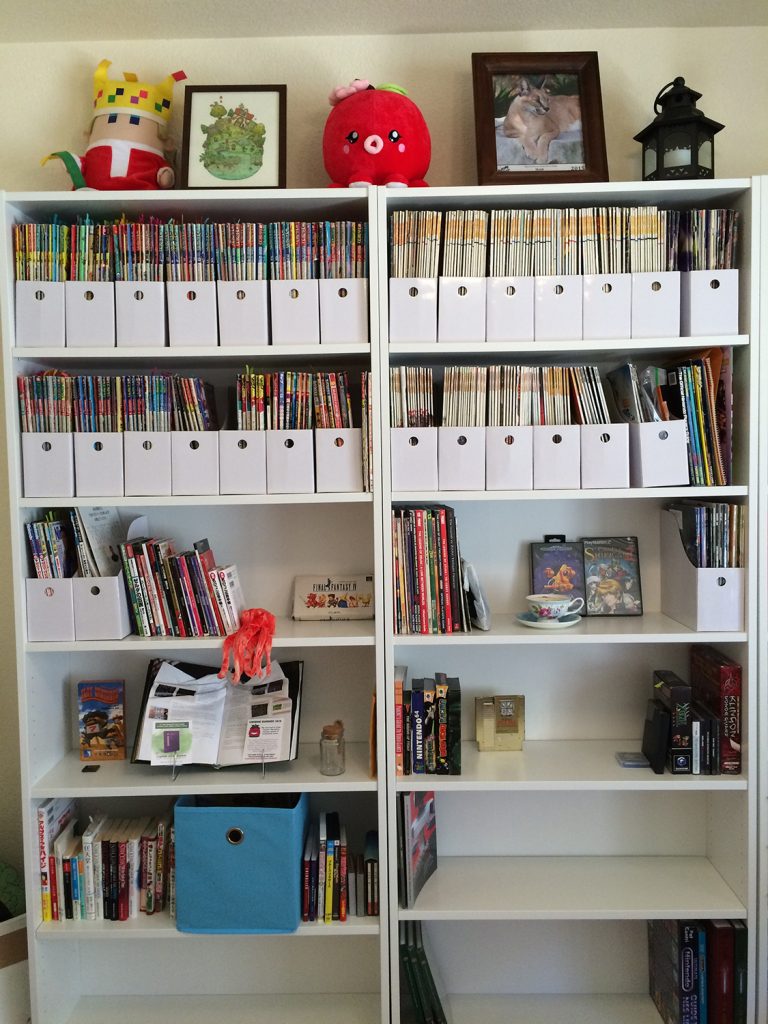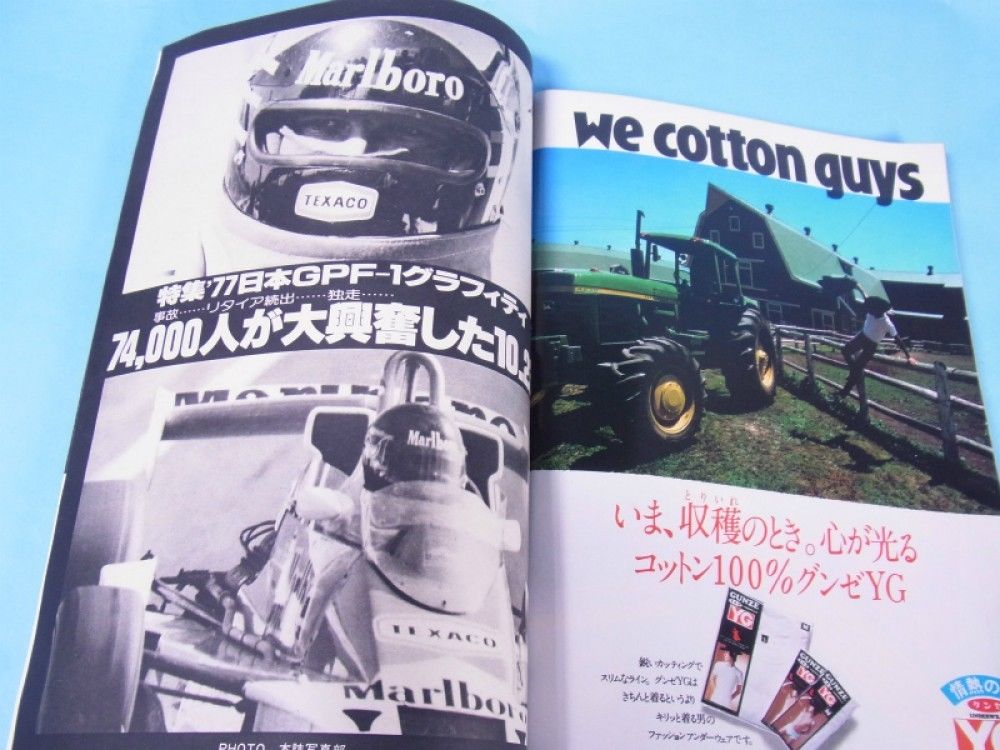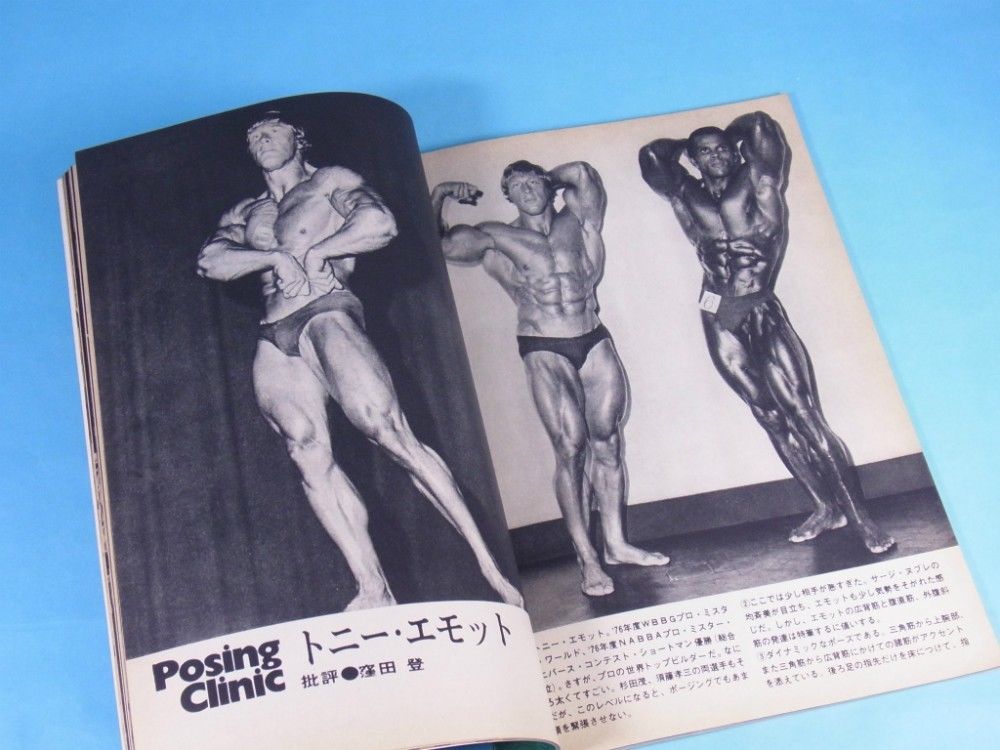Japanese Ads for Foreign Consumers – Winter 1958
Mato & I found a set of 4 magazines from between 1958-1960 at an antique store recently. It’s called “Japan Magazine” and it appears to be targeted toward Americans and Europeans living in Japan. The whole magazine is in English and the articles are written by both Japanese and foreigners, and everything is edited by a Japanese staff. That’s probably why there are some silly-sounding phrases here and there.
I picked out some interesting advertisements to share from Volume 1, Issue 3:
Click on the thumbnails for a closer look:
Looks like the focus is on industry and production, with a few sprinkles of creature comforts. That Ajinomoto ad in the style of American 1950s ads is my favorite of the bunch. And given that there’s been a sort of anti-MSG movement in recent years, it’s doubly amusing.
